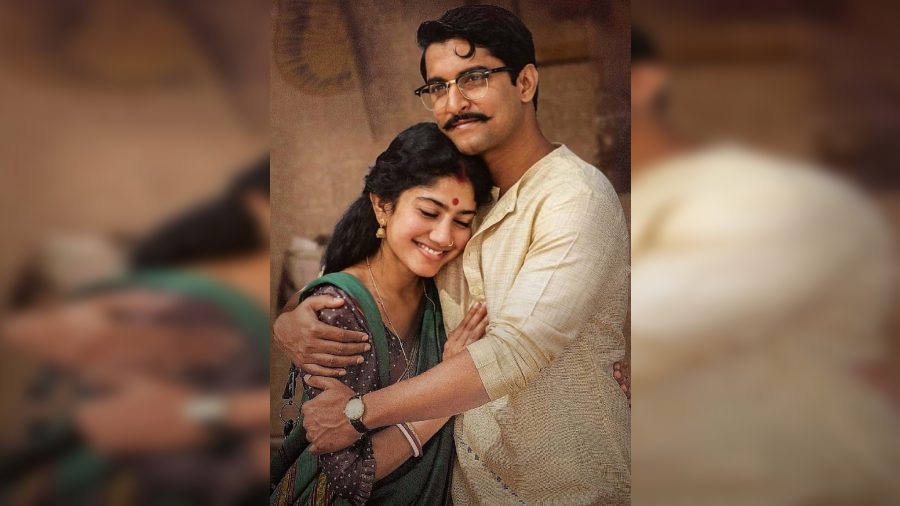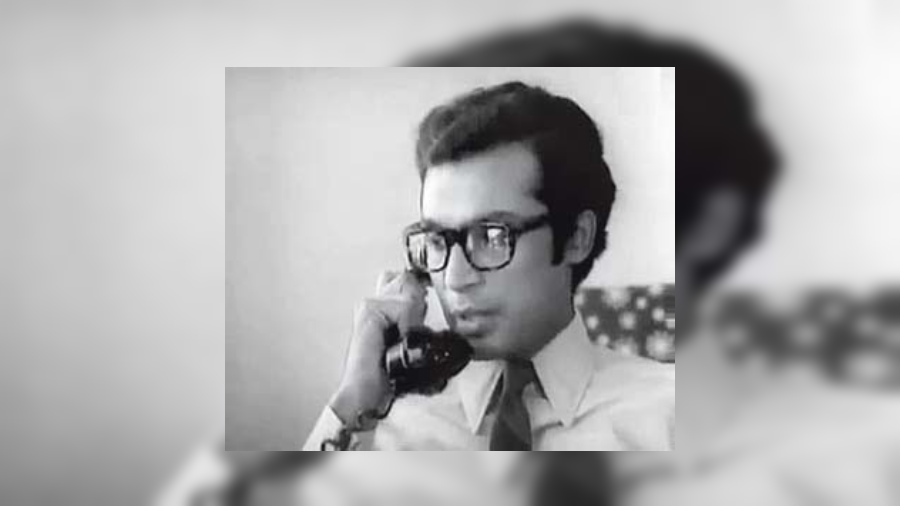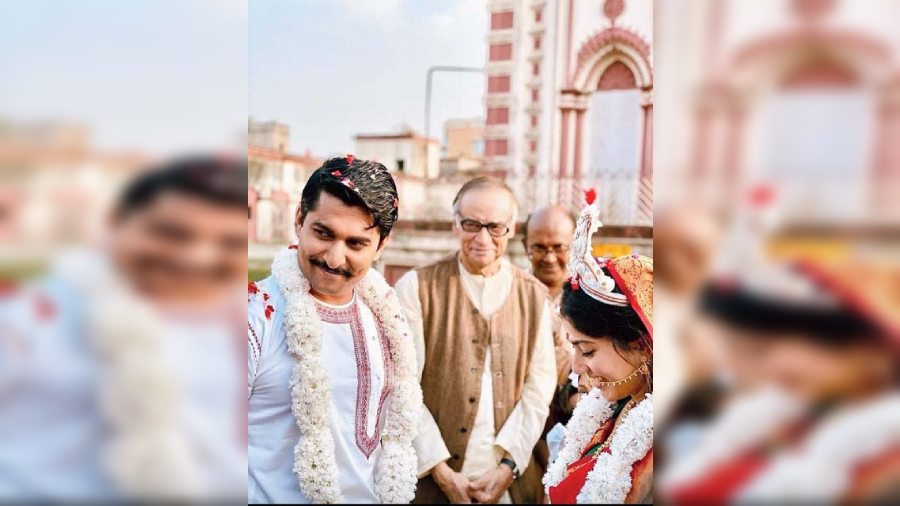A few nights ago I was just going through my WhatsApp when I chanced upon a message, saying “Just saw Shyam Singha Roy. Your acting as always was commendable.” It was from a lady whom I must’ve met somewhere and shared my number with. Now, a Bengali lady watching a Telugu film... was she in Hyderabad then? I knew the film had premiered in Hyderabad. So, it could still be running there.
That was the first inkling on my part that the film was making waves all over India. It was doubly confirmed when two nights ago at 11pm, a very dear old friend of mine called up from Delhi. “Areh Barun, tujhe dekhkar mazaa aa gayaa.” It was only then that I realised they had been watching it on Netflix. I’m told the film is currently second highest in popularity rating amongst Indian films.
So, I felt I must also see it, not so much for my role in it, which I knew was inconsequential, but to find out what made the film so popular. Thanks to my son I had a chance to see it on his laptop.
Now, to the moot question as to how two well-known Bongs are featured in a Telugu film. It was not only I who had featured in it, Jisshu (Sengupta) as the cruel and conservative elder brother had a meatier role, speaking considerable amount of Telugu. I wasn’t sure if he had actually done the dubbing himself, or a Telugu-speaking person had dubbed it on his behalf. Thank God I didn’t have to go through that ordeal. I spoke only in Bengali. But how were we contacted? How did a Telugu director come to know about us in the first place?
Apparently, there is a production controller named Jyoti in Kolkata who specialises in working with outstation movie units, but mostly for South Indian films, be it Tamil, Telugu or Malayalam. It was he who contacted me, asking if I would be willing to work in a Telugu film. So I said why not! I had never worked in one before. That’s how it began for me.
Though I had met the director (Rahul Sankrityan) in person for the first time only at the site of shooting, I learnt later that he was a great admirer of Satyajit Ray (Shyam Singha Roy pays homage to Ray in a few scenes). So, it is entirely possible that he had watched me in Seemabaddha and had specifically enquired about me. When we met I already had the printed script with me, written in Roman English. It seemed brief. But, we shot it over four days. Some of the dialogues read a little stilted. So, I discussed it with the director and he readily agreed with me to make the necessary changes. After all, Bengali wasn’t his mother tongue. He also said that my role, though brief, was crucial in the movie. I smiled understandingly. They all say that, don’t they? But, at my age I couldn’t hog the limelight.

My very first day involved a crucial scene in the movie, where the hero comes to me looking for a job. I wear a fotua and dhoti and thick black-framed glasses for this shot. The director asks if I could smoke a cigar in this scene. I agreed, though I normally don’t approve of smoking and have quit it a long time ago. For this scene I had to get off the car, the lanes too narrow for one, and walk through a maze of lanes and bylanes, before we reached a cul de sac. This is where the shoot would take place. The place, if you haven’t yet guessed it, is Kumartuli.
I am sitting in the outside room facing the end of the road and hammering away on a typewriter when I hear a voice say, “I’m looking for a job.”
I turn around and find a young man standing outside my office. So, I tell him I could provide him with food and accommodation, but not money. He says it has to be not for one person, but two. It is only then that the face of a woman peeps out from behind him and looks at me with anxious expectant eyes. And I take a second look at them and just say, “Oh”.
There’s another scene I like that happens inside the printing press. I’m supervising the printing of a newspaper when the hero, Nani, comes with a piece of writing for my approval. I give him a thorough dressing down for writing utter rubbish, but secretly admire what he has penned. And, when it comes to the final decision as to which piece to send for printing I actually approve of the piece that Nani had written.
The scenes for the press as well as Nani and Sai Pallavi’s residence were shot at Belgachhia Rajbari, while the wedding sequence of the hero and heroine took place at the Annapurna Temple in Barrackpore.
Now to the question of the movie itself, what was it like? Technically it was of a very high standard. The cinematography by Sanu Varghese, I would say, was at par with Hollywood films, and better than many European movies. I saw a kind of gloss in the movie, which comes from beautiful photography and lighting as well as high production values. The Bengal part, specially, looked so gorgeous that they might be mistaken for a tourism film. The editing, by Navin Nooli, very sharp. The overall effect was smooth, almost seamless.
The acting by the lead actors, specially Nani and Sai and the evil mohant of the temple of Devdasis, was very good. Jisshu, I must admit, was also quite powerful as the elder brother of the hero. While Nani tended to keep to himself during the shoot, Sai I found to be very friendly. She went out of her way to show me the end of the film on her mobile.

Barun Chanda in Ray's 'Seemabaddha'.
All through the film there is a sense of periodicity, even when dealing with the modern era. Perhaps it is because the film itself harks back to the concept of the jaatiswar, or reincarnation, neatly tying up the two periods, past and present, at the end, when the heroine of the past life dies in the arms of the present life of the hero.
What impressed me singularly during the shooting of Shyam Singha Roy was the unit’s work culture. There were more than 80 heads that had come from Hyderabad as the team’s core unit. But they worked like clockwork and were totally silently, as if they belonged to a ghost city. The DoP would order for something in sign language and the electricians and light boys would follow that without a word.
The whole thing was actually eerie. In Kolkata I couldn’t imagine a unit of that size working like that. The collective din that would emanate from such a gathering would be more reminiscent of a fish market.
Altogether, my experience of working in this Telugu film was quite memorable. Thanks to this movie many more films from the South are likely to be shot in Bengal in the near future. And who knows, I might just get an offer to act in one of them again!
